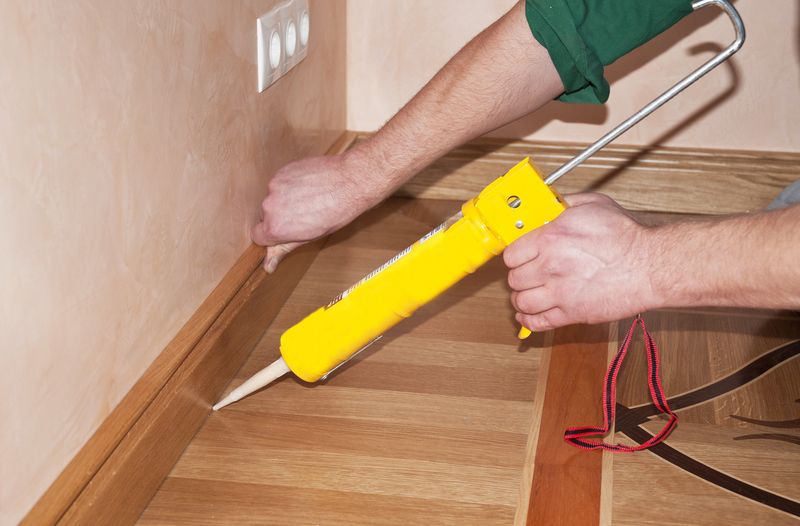How to Heat Your Finished Basement Scarborough
Five ways to add or retain heat in your finished basement are:
- Insulation and Plugging Air Leaks
- Electric Baseboard Heating
- Pellet Stoves and Electric Fireplaces
- Adding Extra Registers From Your Furnace
- Installing Ductless Heating and Cooling
That means it’s less comfortable in the cold weather. Fortunately, it doesn’t always have to be this way. Depending on how cold it gets, you can do some work to retain the heat. Or, add permanent or portable heating appliances.
What you’ll need will depend on the size of the room and how cold it gets. In his post, we’ll look at your options for keeping your rec room, home office, or extra living space warm when it’s cold outside.
Get rid of air leaks
The heat you add makes its way to the concrete floor, for starters. A thick rug comes in handy here. Next, it will seep out of any opening it can find. That could be an old drafty window.
Or, if your dryer vent isn’t sealed correctly, it’s letting the air out. Start by inspecting these areas yourself. And, it might be a good time for a professional energy audit. With this, a professional will assess your entire house to see how you can improve your energy usage. Part of that is identifying areas that need more insulation.
Baseboard heating
This is a sort of old-fashioned option. Electric baseboard heating for a basement still has some benefits. But, in a lot of ways, it’s been overshadowed by more efficient products. So, why consider baseboard heating? Well, it’s inexpensive to install, for one. There’s no ductwork or tricky connections to make.So, it’s a straightforward job. It’s also silent, which is an advantage over forced air heat. Down in the basement, you’ve already got the sound of the furnace, plus maybe the washer and dryer. Why add more noise? Finally, it’s pretty easy to customize. You can get a model just big enough for the size of the room it’s treating. There’s no worry about overpaying for a system that’s more powerful than what you need.
So, if you’ve got a small room and are looking for a permanent installation that won’t break the bank, these are worth a look. Furnace Repair Scarborough
Energy Efficiency
Now, the drawbacks: monthly cost and performance. Sure, the units are cheaper than some other options. But, they’re not nearly as efficient. They’ll use a good deal of electricity.So, you’ll see a hike on your energy bills when it’s cold. Part of the problem is that they take a while to work. The room won’t warm up right away once they click on it. Instead, they’re using up electricity while your toes are still cold. And, one problem specific to this part of the house: water damage. If your basement floods easily, an appliance that’s that close to the ground isn’t the best investment.

Comments
Post a Comment